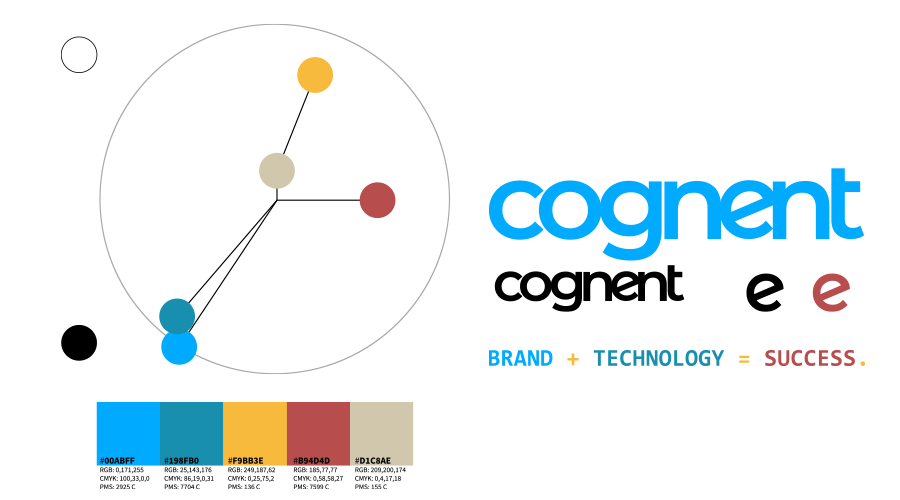Why Color Is Important For A Brand
Milliseconds Is All You Have Online To Captivate The Viewer
The use of color is important to your brand and to your online presence. It takes less than a second upon landing on your website or reading your brochure for someone to subconsciously make the decision to spend the time to learn more about you. Researchers in a 2011 Behaviour & Information Technology article concluded that it takes a mere 50 milliseconds for viewers landing on your website to continue reading it. According to the researchers, visual appeal was the most significant reason for making a positive decision on whether to continue viewing a website.
Because of the short amount of time for this decision to be made, it is the color that sets the tone that leads to the logo that cements the impression that leads consumers to learn more about you.
According to research conducted by the Institute for Color Research, almost 85% of consumers believe that color plays an important role in making a choice. The adage that first impressions are important remains true today. A University of Loyola study concluded that color is 80% of a brand’s recognition by consumers.
Brands usually have a primary color followed by one or two colors for accents. A new company should select a primary color that conveys the message for the service or product. For example, a company looking to attract climate-related clients or investment would likely select green as its primary color. Here are few colors and what they impart upon the audience.
Black is used to convey trust and quality.
Blue is the most popular color choice for brands. It instills confidence and trust.
Green is used to set a tone of optimism and is tied directly to nature and climate change.
Orange is a playful color. It is for brands wanting to convey a fun feel.
Pink is the feminine color.
Purple is the color of royalty. It is used to convey optimism and luxury.
Red creates excitement. Red is a popular choice among the best-known brands.
White, also known as the absence of color in the art world conveys simplicity.
Yellow is warmth.
Color Harmony: Achromatic/Analogous/Complementary
When choosing a secondary or third color for a brand’s accent, it is important to decide the mood the startup wants to create with its brand. Colors coordinate with other colors based on their location on the color wheel. Color theory is used by artists to set moods. Most have seen a color wheel where colors are grouped around a circle. The most basic color wheel shows the three primary colors - blue, red and yellow. More complex color wheels show many more colors and how they relate to each other.
From the color wheel emerges what is generally known as color harmony. Color harmony is the study of how colors relate to each other. There are many theories about color harmony. A color wheel helps see how one color relates to another.
In branding, it is important to pick the primary and secondary colors that harmonize together. Basically, how do colors look together. Here is a basic color theory to keep in mind when selecting the new colors for your brand:
Analogous is most pleasing.
Monochromatic is trending.
Complementary color schemes are best used as a primary color and a complementary color as an accent.
Triadic color schemes bring diversity and uniqueness to the color pallet.
The Cognent Brand Color Wheel
The Cognent color wheel offers two analogous colors, which are monochromatic. However, a brand needs at least one complementary color as an accent. Complementary colors reside on opposite sides of the color wheel. We chose three complementary colors for the Cognent brand. However, a brand should keep a primary color and one secondary color as its primary colors in its branding. They should be complementary colors. We chose a bright blue color and a red/burgundy color as our two primary colors.

As with every brand work we produce, we keep in mind that not all final productions accommodate colors. For that reason we always add black and white to the mix. All our logo productions start in black on white. We believe that a black logo should look good in black. Adding color only enhances the new logo. That is why we provide you black color samples to choose from when we first start work on your logo.
After the choice for the new logo is selected is when the color is added. Remember that your brand’s logo should look great in both black and white and in full color.

